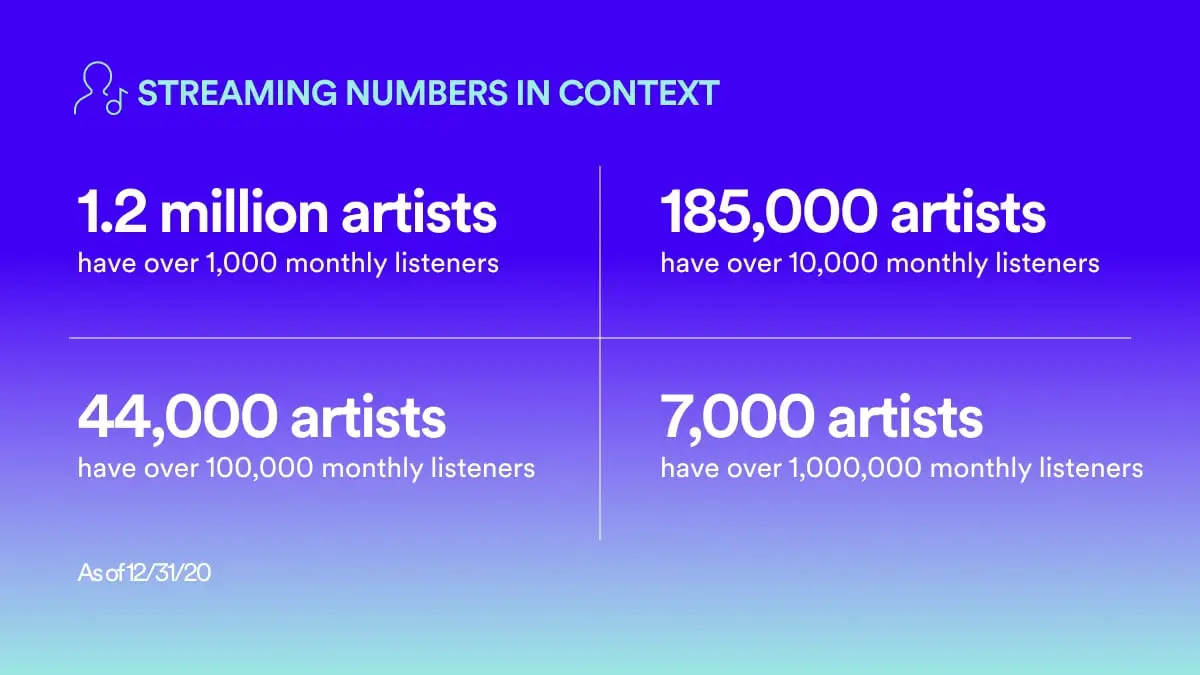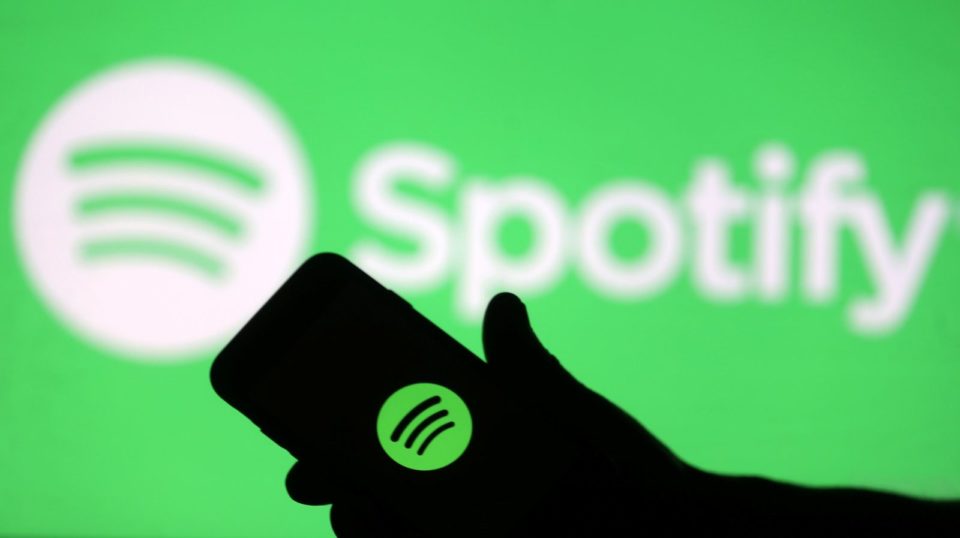Today we’ve learned that Spotify launches Loud & Clear initiative for economic transparency purposes. We have heard a lot about the popular streaming platform with its success over the past few years. To reinforce the transparency of the platform, Spotify presented a new website where they address frequently asked questions and present figures on how they pay royalties to artists present on the platform.
A new transparency initiative for Spotify artists
The new website is titled Loud & Clear and it aims to provide artists with greater “clarity about the economics of music streaming” and “increase transparency by sharing new data on the global streaming economy and breaking down the royalty system, the players, and the process.”
Loud & Clear is all about transparency. The portal announces that among the artists participating in this platform, no less than 13,400 musicians earned during the last year revenues of 50 thousand dollars or more. Then, there were 7,800 who earned more than 100 thousand dollars in the same period. 1,820 artists earned more than 500 thousand dollars in a year. And finally, there are 870 artists that managed to earn one million dollars in 2020.

Loud & Clear aims to bring more transparency to the sector
An important point is the payment mechanism, which is issued towards the rights holders, who transfer to the artists only the part that corresponds to them according to their contractual agreements.
This situation produces a dissonance between the highly positive figures shared by the platform and economic retribution that reaches numbers far below the general expectations of the artists on many occasions. This has motivated the institution of organized movements of artists, who seek to negotiate improvements in their pay.
Loud & Clear comes as a response to the constant requests for transparency about the relationship that the platform maintains with the major record labels. However, this attempt to explain the current system governing the distribution of royalties to rights holders fell short of the requirements raised by artists, who collectively announced that they seek to know key information about Spotify’s revenue sources, such as figures relating to premium subscriptions and ad revenue; the purchase of privileged positions in playlists or algorithmic positioning, known as “payola”; and clarification of the terms of their contracts with major record companies.

One of the interesting points touched upon in this transparency report is the explanation of its payment system for artists, which consists of a formula that distributes royalties in proportion to the accumulated reproductions in the same territory, known as streamshare.
This system has not been free of criticism, paving the way for alternatives that seek to be fairer, like a “user-centric” model, which instead of determining profits based on global figures, builds a pot based on the monthly fees of each subscriber who listens to the content of each artist.
Although Spotify took this proposed change in mechanism with skepticism, they stated that they would be “willing to make the switch to a user-centric model if that’s what artists, songwriters, and rights holders want to do,” noting that a change of this magnitude should represent an industry-wide movement.
Beyond the criticisms that may fall on this platform from artists seeking better remuneration for their work, this report sets a precedent in the operation of the Loud & Clear and its relationship with those who provide it with their most valuable content.




